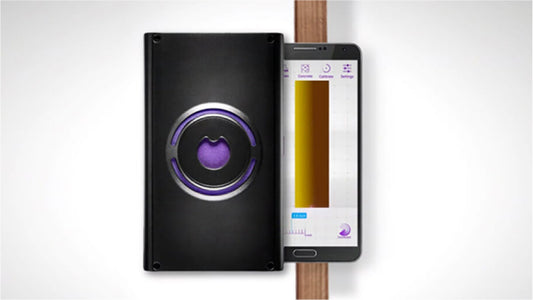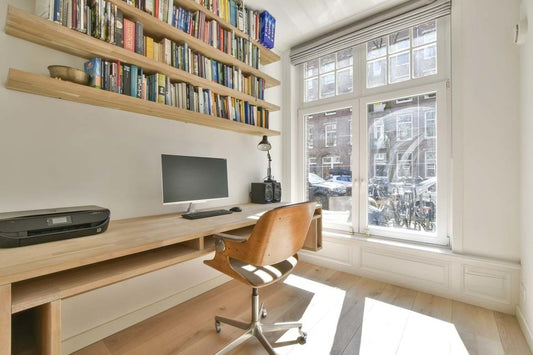Mounting a hangboard on drywall can be a challenging task, as hangboards need to support significant weight and force. Proper installation is crucial to ensure safety and prevent damage to your walls. This guide will walk you through the steps to mount a hangboard on drywall and address common related questions.
Why Use a Hangboard?
A hangboard, or fingerboard, is a training tool used by climbers to improve finger strength and grip. It is a valuable addition to a home gym for those looking to enhance their climbing skills.
Tools and Materials Needed:
- Walabot stud finder
- Measuring tape
- Level
- Pencil
- Drill and drill bits
- Screws and heavy-duty wall anchors or toggle bolts
- Mounting board (plywood)
- Screwdriver
- Hangboard
- Safety goggles and gloves
Step-by-Step Guide to Mounting a Hangboard on Drywall
Preparation:
- Choosing the Location:
- Select a location that offers enough space for you to use the hangboard comfortably. Ensure the area is free from obstructions and provides sufficient clearance for your arms.
- Gathering Tools and Materials:
- Collect all necessary tools and materials, including a sturdy mounting board, heavy-duty anchors, and the hangboard.
Ensuring Secure Installation:
- Using a Walabot Stud Finder:
- Use the Walabot stud finder to locate studs behind the drywall. Mark the stud positions with a pencil for secure anchoring.
- Measuring and Marking:
- Measure the height where you want to install the hangboard. Typically, a height of 7-8 feet from the floor is recommended. Use a level to mark the installation points on the wall.
Installing the Hangboard:
- Preparing the Mounting Board:
- Cut a piece of plywood to serve as a mounting board. The board should be larger than the hangboard to distribute the load across a wider area. Pre-drill holes in the mounting board for the hangboard screws.
- Drilling Pilot Holes:
- Drill small pilot holes at the marked points on the wall. If you are drilling into studs, use a smaller drill bit. If you are using heavy-duty wall anchors or toggle bolts, drill holes slightly larger than the anchor size.
- Installing Wall Anchors or Toggle Bolts:
- Insert heavy-duty wall anchors or toggle bolts into the drilled holes if you are not drilling directly into studs. These will provide additional support for the hangboard.
- Mounting the Plywood Board:
- Attach the plywood mounting board to the wall using screws and anchors. Ensure it is securely fastened to the studs or wall anchors and use a level to verify it is straight.
- Attaching the Hangboard:
-
Secure the hangboard to the plywood mounting board using screws. Ensure all screws and bolts are tight, and the hangboard is stable and level.

FAQ Section
How do you attach a fingerboard to the wall? To attach a fingerboard to the wall, use a stud finder to locate studs, install a plywood mounting board for added support, and secure the fingerboard to the mounting board using heavy-duty screws and anchors.
How to install a hangboard in an apartment? To install a hangboard in an apartment, ensure you have permission from your landlord, locate studs for secure anchoring, and use a mounting board to distribute the load. Use heavy-duty anchors if drilling into studs is not possible.
How to tie a hangboard? If you cannot mount a hangboard directly to the wall, you can tie it to an overhead beam or doorway pull-up bar using sturdy straps or ropes. Ensure the hangboard is securely fastened and can support your weight.
Where can I put a hangboard in my house? Place a hangboard in a location with sufficient clearance for your arms and body, such as a garage, basement, or home gym. Ensure the area is free from obstructions and provides enough space for safe use.
Tips for a Secure Installation:
- Use a Level:
- Always use a level to ensure your hangboard is straight. This prevents uneven load distribution and potential injuries.
- Check Weight Limits:
- Verify the weight limit of your wall anchors and mounting board. Avoid overloading the hangboard to prevent damage to the wall and ensure safety.
- Distribute Weight Evenly:
- Distribute your weight evenly across the hangboard to avoid putting too much stress on one side, which can cause instability.




